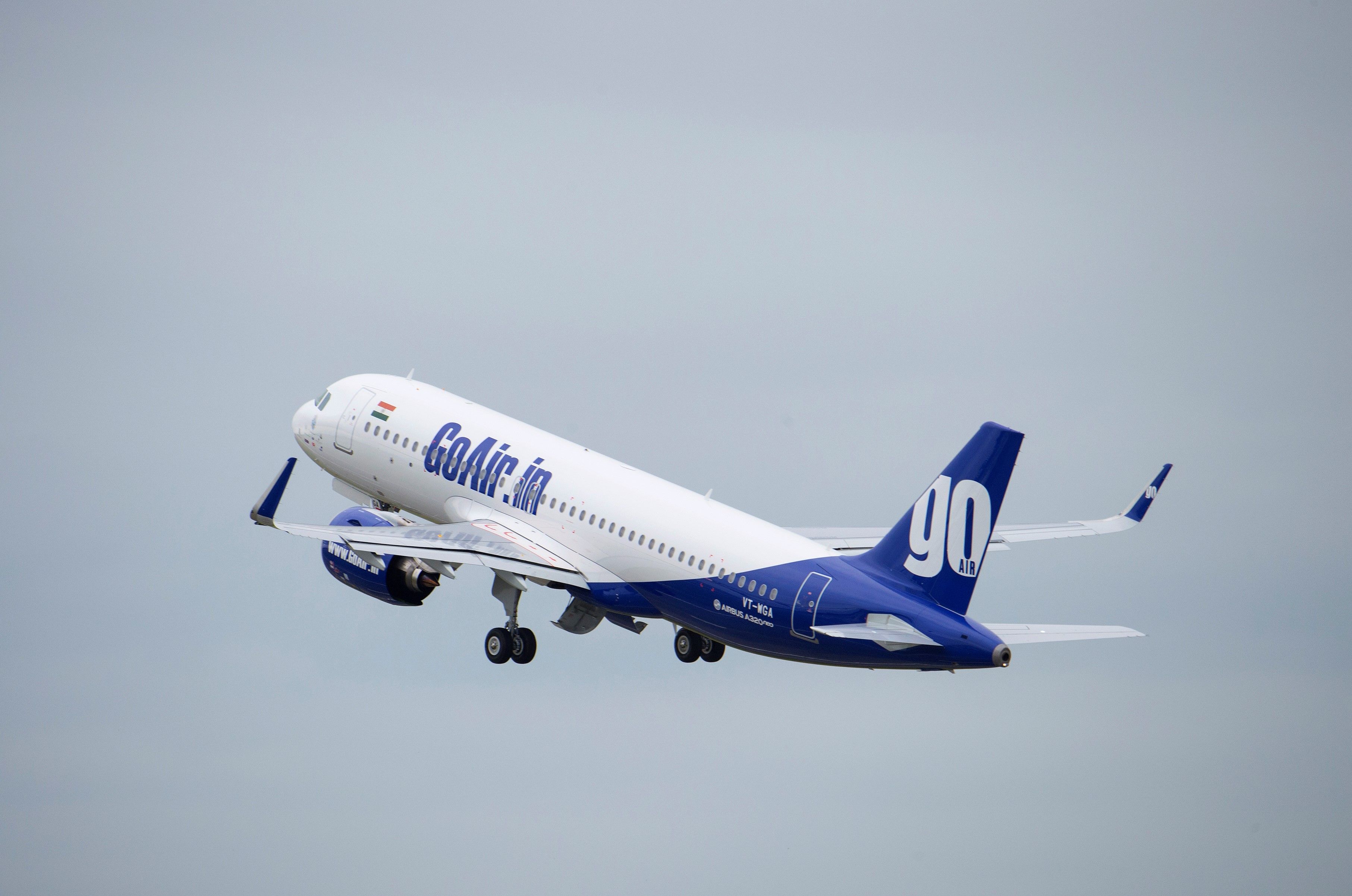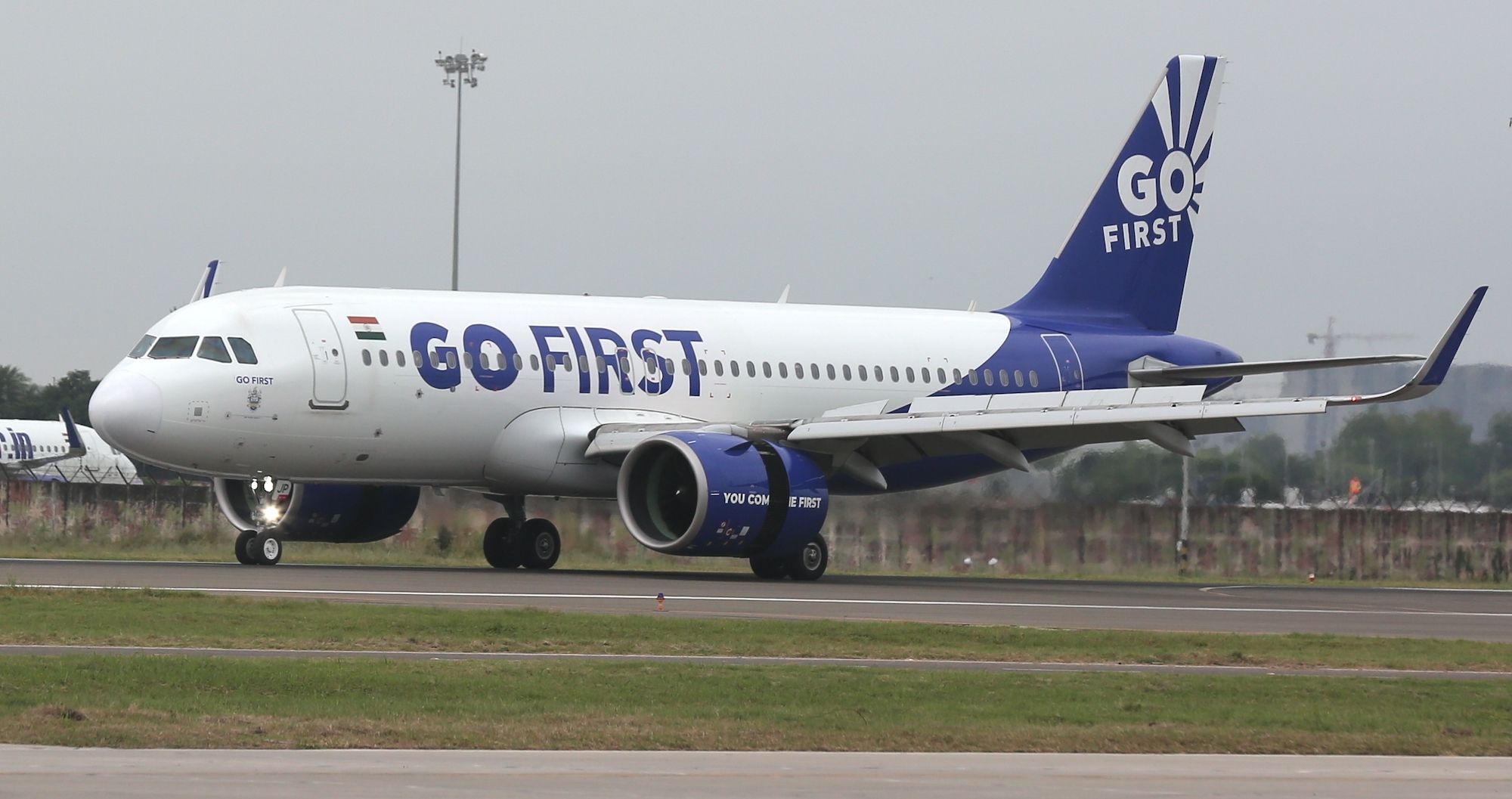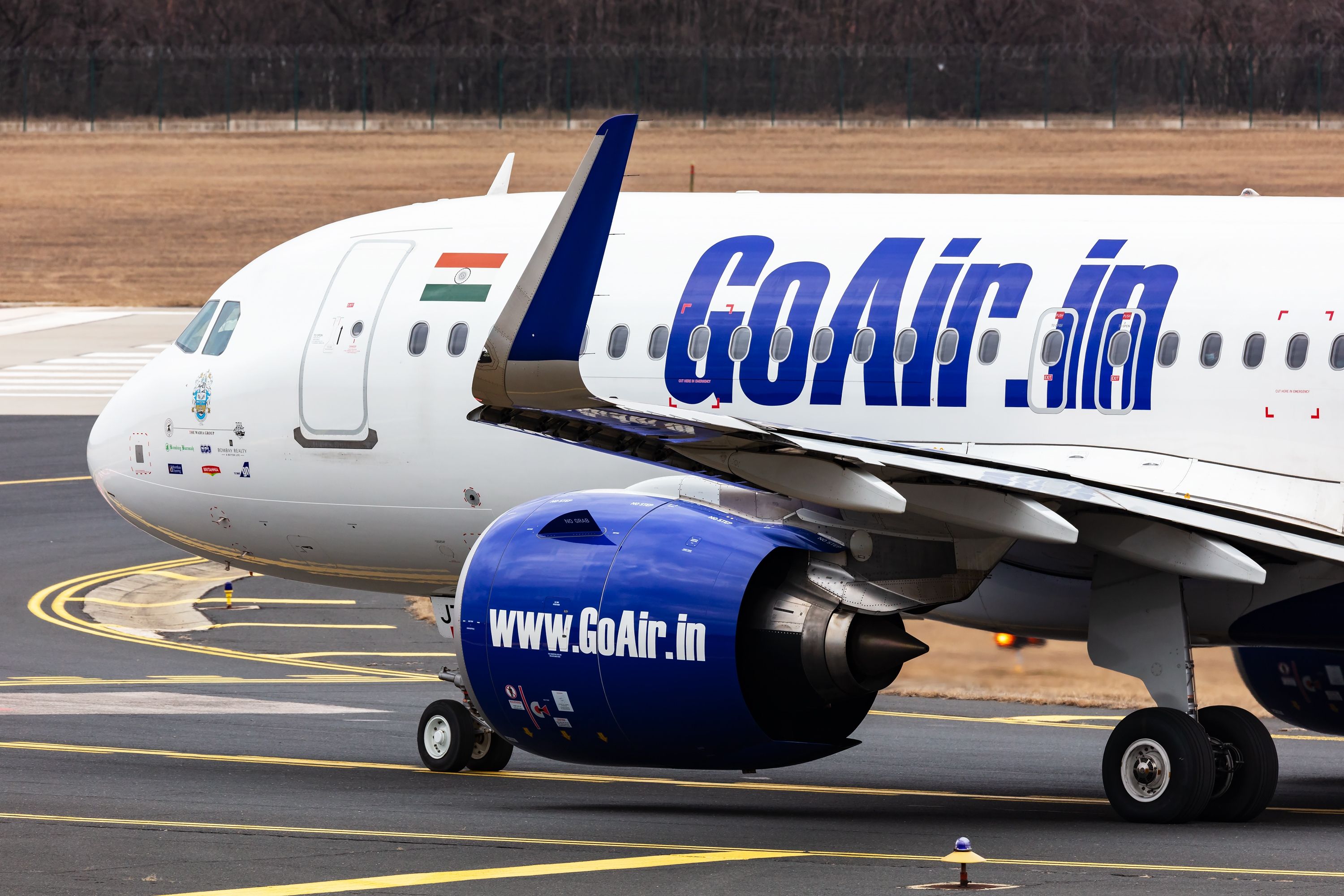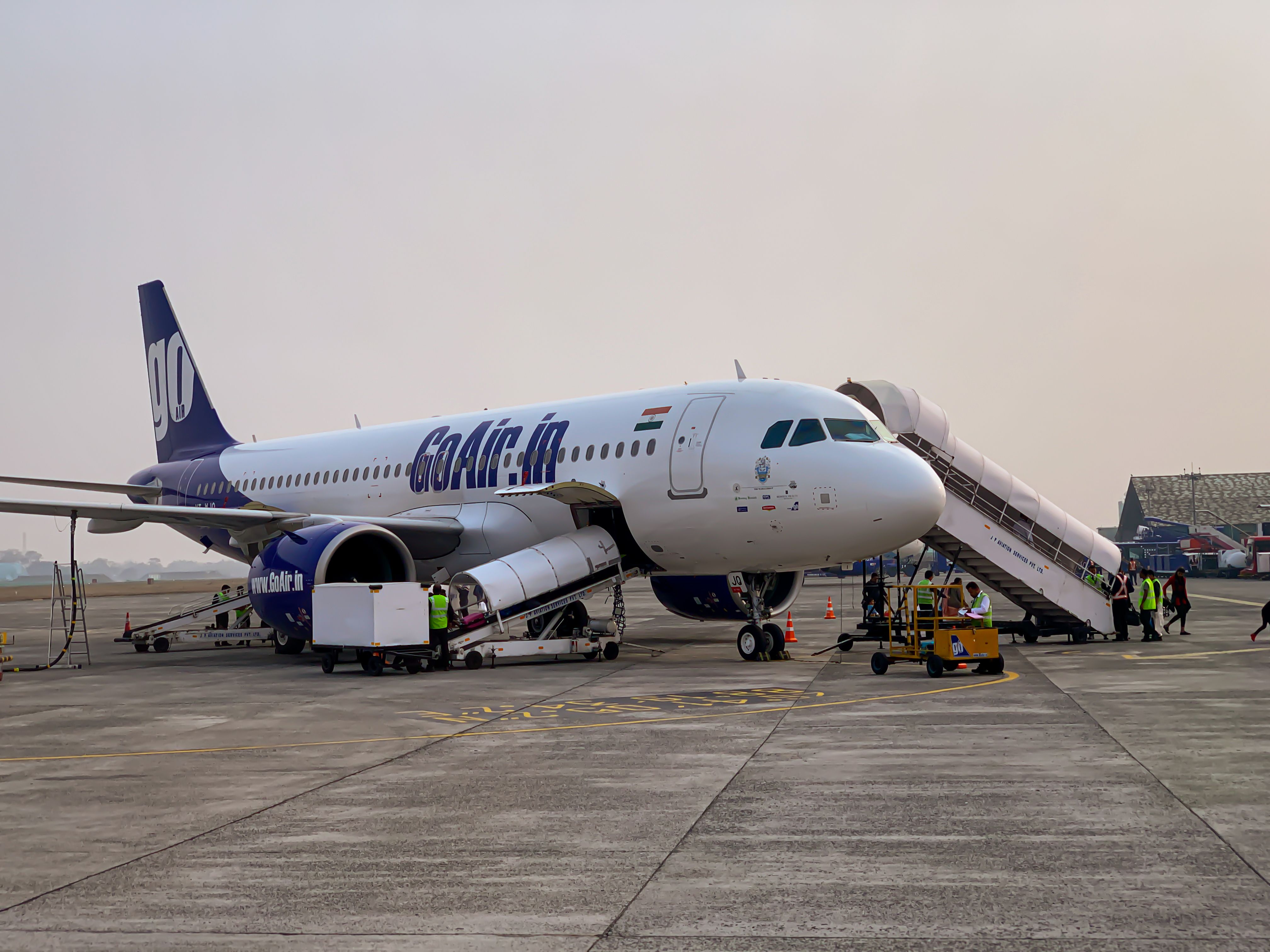There was no doubt that Go First’s flight resumption plan would be full of challenges. After all, no Indian airline has come back after going bust. But occasional development in the Go First story every other week keeps hope alive. However, with the airline still grounded after nearly four months, it’s getting harder to remain optimistic for its remaining employees, lessors, and even the general public.
Dwindling workforce
While Go First’s problems are many, one of the biggest is the gradual reduction of its workforce. India’s aviation regulator, the DGCA, had to ask it to develop a smaller resumption plan because it may not have enough pilots, cabin crew, technicians, and others to sustain operations on a big scale.
Get the latest aviation news straight to your inbox: Sign up for our newsletters today.
The carrier saw a mass exodus of its employees, particularly pilots who were quickly absorbed by other airlines, such as IndiGo and Air India. Recent reports have even said that Go First is now only left with 100 pilots, as nearly 500 of the total 600 pilots it had have left the company in the last few months.
Reports of dozens of other employees serving notice periods also don’t help. The cash-strapped carrier has reportedly been unable to pay its workers' salaries, and it seems that many of those who stayed back are also at the end of their rope. Even as it attempts to convince investors for funding and juggles court orders, Go First has to also maintain an adequate workforce to restart the business.
Unhappy lessors
Go First’s relationship status with its lessors has gone south since May. And their grievance is not just limited to the airline but also how the authorities have treated them.
The lessors argue that the DGCA must follow the IDERA convention, under which aircraft must be de-registered and given back to the lessors if an airline fails to make payments. However, Go First’s insolvency resolution process has given it some breathing time and allowed it to keep the aircraft longer.
This has shaken the confidence of global aircraft lessors who do business with Indian airlines. They even told the Delhi High Court recently that lessors would hesitate significantly in dealing with Indian airlines if they were not allowed to repossess their aircraft.
Financial crunch
Of course, weak finances are among the biggest problems for Go First’s present crisis. The airline is staring at massive eye-watering liabilities and bills in the form of payments to lessors, lenders, and passenger refunds, among other things.
The hope is that it will start making these payments once operations start and there is s steady cash flow. But lenders are also waiting to hear what the courts and the DGCA say about Go First’s future prospects before parting with more cash.
Check out more Indian aviation news here.
The airline has also requested urgent funding of $12 million to settle mandatory liabilities, such as insurance and aircraft maintenance. A decision on that is yet to be taken. Hopefully, Go First has a plan of action ready to overcome these roadblocks.
What are your views on this? Please leave a comment below.
With inputs from CNBC-TV18, businessline




